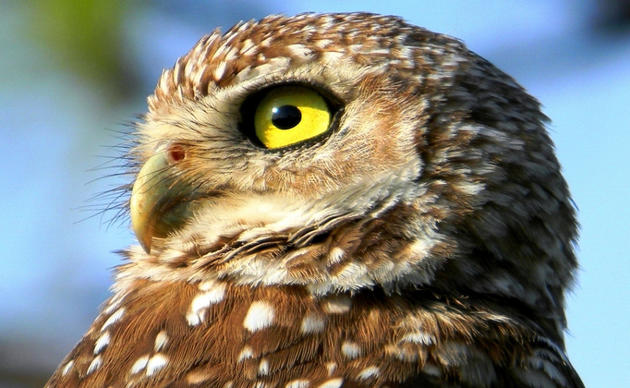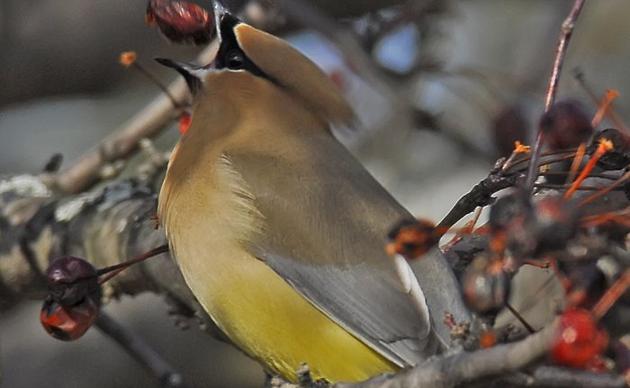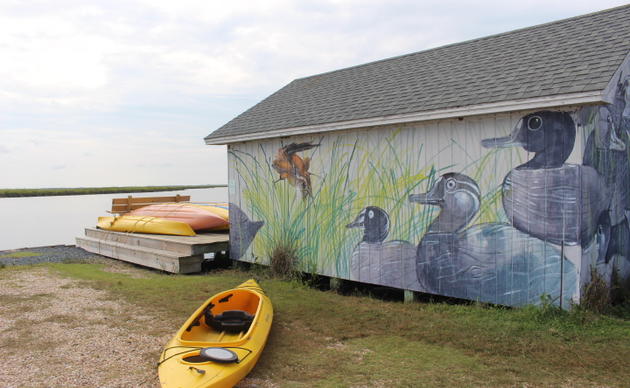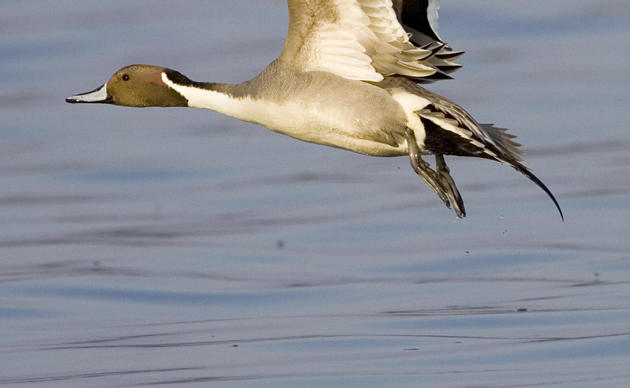Why are marshes important?
Vital Habitat for Local Wildlife
Marshes were a misunderstood habitat for many years. Historically, people viewed marshes as breeding grounds for mosquitoes and disease, and often drained and filled them in for other uses.
We now know that coastal marshes are crucial to the environmental health of the region, filtering nutrients and pollution from the water, protecting communities from rising sea level and harsh storms, supporting breeding grounds for commercially valuable fish, and offering recreational opportunities.
By preserving the Currituck marshes within and around the Sanctuary, we preserve suitable habitat and other resources that birds need, and the thousands of waterfowl that return to the Sound every winter.
Diversity of Marshes
The Sanctuary's brackish to fresh water marshes are affected by wind rather than lunar tides. Marshes are defined as wetlands, frequently or always inundated with water, and characterized by soft-stemmed vegetation adapted to saturated soil conditions.
There are many different kinds of marshes, ranging from the prairie potholes to the Everglades, coastal to inland, freshwater to saltwater. All types receive most of their water from surface water, and many marshes are also fed by groundwater.
Nutrients found in the marsh support an abundance of plant and animal life, including serving as the breeding ground for much of the seafood we eat.
Learn more about the different types of marshes here:
- More on Salt Marsh
- More on Tidal Marsh
How you can help, right now
Stay in Touch with Pine Island
Learn about the bird conservation research taking place at Pine Island and find nature-focused events happening at this Important Bird Area along the Outer Banks in our periodic eBulletin.
Kayak Sign-up
Click Orange Button to register for Guided Kayak Programs
Protect the Sanctuary
Every donation will be used to protect the 6,000 acres of marsh complex within the sanctuary and the wildlife it supports.




